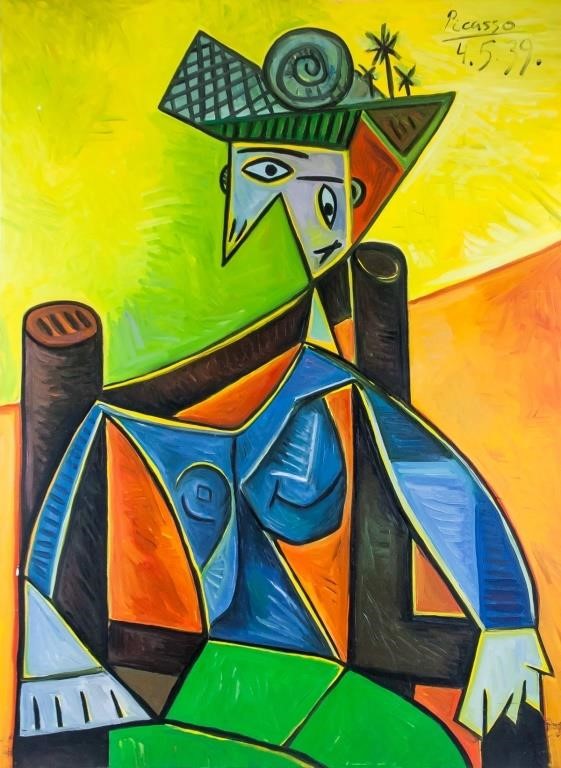
In the 1920s and 1930s Picasso adopted a neoclassical figurative style. At the same time, Picasso himself rejected the label "Cubism," especially when critics began to differentiate between the two key approaches he pursued - Analytic and Synthetic. This led him (alongside with Georges Braque) to evolve an entirely new Cubist movement, which rapidly became the cutting edge of modern art. Influenced by novelties of Cézanne, and also by African sculpture and ancient Iberian art, he started to lend his figures more structure, and to deconstruct the conventions of perspective that had dominated painting since the Renaissance. Picasso rejected Matisse's view of the primary importance and role of colour, and focused instead on new pictorial ways of representing form and space.


His many relationships with women not only filtered into his art but also may have directed its course, and his behavior has come to embody that of the bohemian modern artist in the popular imagination. Finally, he was a famously charismatic personality, the leading figure in the Ecole de Paris. He saw himself above all as a painter, yet his sculpture was greatly influential, and he also explored areas as diverse as printmaking and ceramics. Associated most of all with pioneering Cubism, he also invented collage and made major contribution to Surrealism. Pablo Picasso was the most dominant and influential artist of the 1st half of the 20th century. Nevinson, Valentine Hugo, Lee Miller, Juan Gris, Jacqueline Lamba Friends and Co-workers: Georges Braque, Constantin Brâncuși, Man Ray, Max Jacob, Amedeo Modigliani, Christopher Wood, Mykhailo Boychuk, C.Art institution: Real Academia de Bellas Artes de San Fernando, Madrid, Spain.



 0 kommentar(er)
0 kommentar(er)
